Tag: partisanship
-
54.82% of state legislatures are Republican, 44.34% Democratic
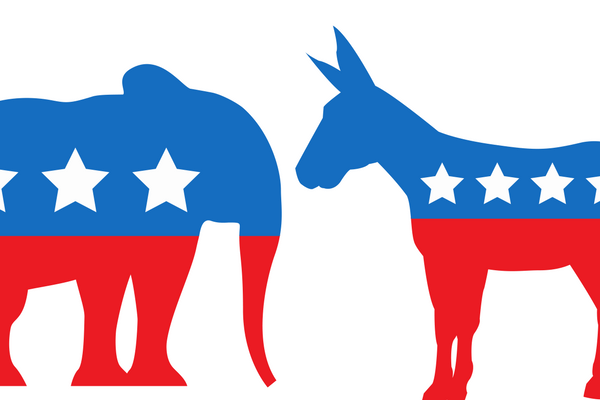
According to counts on October 10, 54.82% of all state legislatures in the United States are Republican while 44.34% are Democratic. There are 7,386 state legislative seats in the country. Republicans control 57 chambers, while Democrats hold 40. Two chambers (Alaska House and Alaska Senate) were organized under multipartisan, power-sharing coalitions. Democrats hold 851 state…
-
Tracking mayoral partisanship in 2023

Forty mayoral elections are taking place in the 100 largest U.S. cities by population and the 50 state capitals in 2023. Ballotpedia has tracked the partisan affiliation of the mayors of the 100 largest U.S. cities since 2016, and we’ve tracked the partisan affiliation of state capital mayors since 2021. Of the 40 cities with…
-
Total partisan composition of state legislatures changed by less than half a percentage point in 2022

The partisan composition of all 7,386 state legislative seats in the country remained effectively unchanged as a result of the 2022 elections. After the Nov. 8 elections, Democrats lost a net six seats nationwide compared to the pre-election totals. Republicans gained a net 28 seats and independent or minor party officeholders lost a net of…
-
November Partisan Counts: 54.49% of state legislators are Republican, 43.97% Democratic
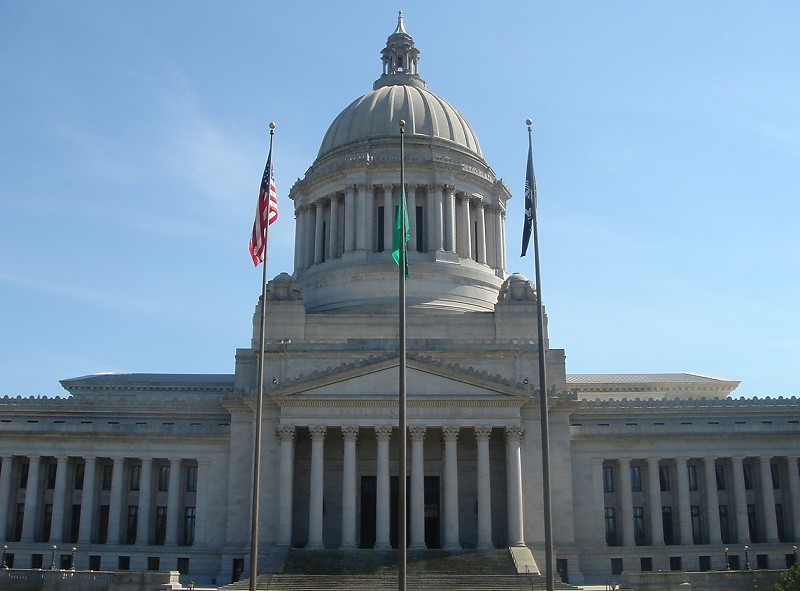
At the end of November 2022, 54.49% of all state legislators in the United States are Republican while 43.97% are Democratic. There are 7,383 state legislative seats in the country. Democrats hold 848 state Senate seats and 2,398 state House seats, gaining 10 seats since last month. Republicans hold 1,105 state Senate seats and 2,918…
-
31 states release the partisan affiliations of registered voters: 39% are Democrats, 29% are Republicans, and 29% are independents
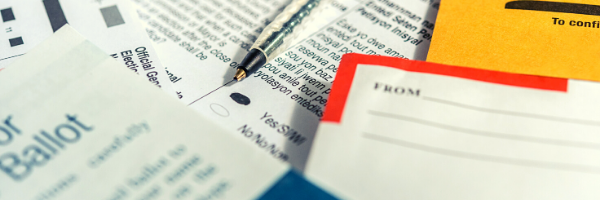
Thirty-three U.S. states and territories report the party affiliations of registered voters as indicated on their voter registration forms. In states with closed primaries, affiliation with a political party can be a condition of participation in that party’s primaries. The remaining states either do not request partisan affiliations on their registration forms or they do…
-
54.07% of state legislatures are Republican, 44.33% Democratic in August 2022
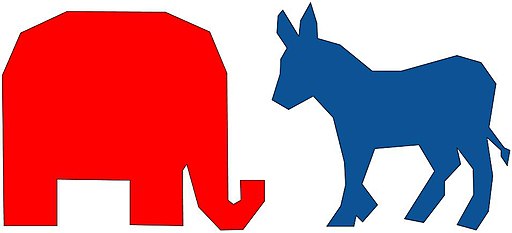
At the end of August 2022, 54.07% of all state legislators in the United States are Republicans while 44.33% are Democrats. There are 7,383 state legislative seats in the country. Republicans control 62 chambers, while Democrats hold 36. The Alaska House of Representatives is the only chamber organized under a multipartisan, power-sharing coalition. Democrats hold…
-
Number of major party candidates on the primary ballot for state legislative offices in 2022

This year, 13,491 major party candidates were on the primary ballot for 6,278 state legislative seats around the country, including 1,300 state senate seats and 4,978 state house seats. Of the 13,491 major party candidates on the ballot, 6,063, or 44.94%, were Democrats, and 7,428, or 55.06%, were Republicans. In state senate races: There were…
-
Number of major party candidates on the primary ballot for state judicial offices in 2022
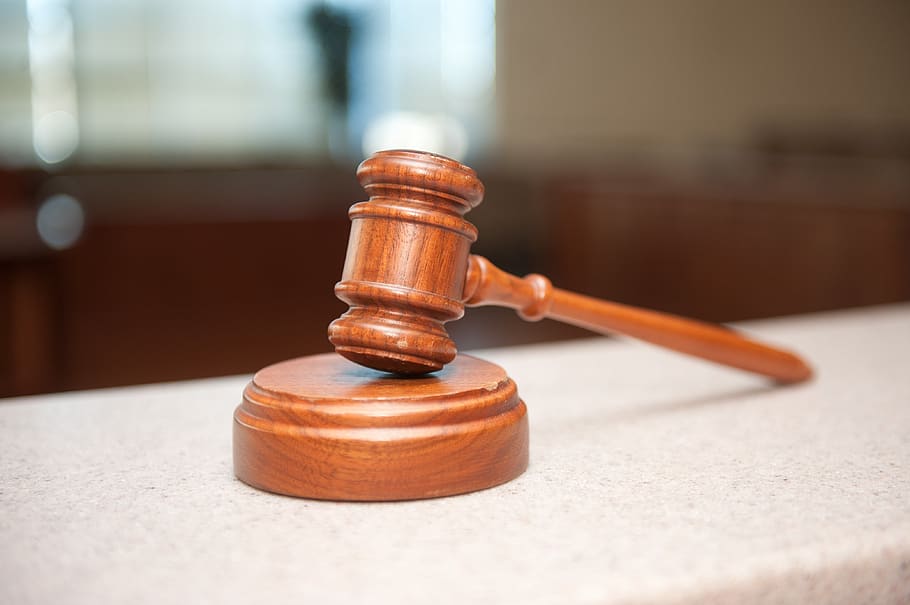
In 2022, there were 88 state judicial positions up for partisan election in states that select judges using partisan elections. One-hundred sixty major party candidates were on the primary ballot in those races, including 72 Democrats, or 45% of all major party candidates who ran, and 88 Republicans, or 55% of all major party candidates…
-
May 2022 breakdown of state legislative party membership: 54.33% Republicans, 44.39% Democrats

According to Ballotpedia’s May partisan count of the 7,383 state legislators across the United States, 54.33% of all state legislators are Republicans and 44.39% are Democrats. Ballotpedia tallies the partisan balance of state legislatures at the end of every month. This refers to which political party holds the majority of seats in each chamber. Republicans…
-
March 2022 breakdown of state legislative party membership: 54.34% Republicans, 44.39% Democrats

According to Ballotpedia’s March partisan count of the 7,383 state legislative seats across the United States, 54.34% of all state legislators are Republicans and 44.39% are Democrats. Ballotpedia tallies the partisan balance of state legislatures at the end of every month. Republicans control 62 chambers, while Democrats hold 36. The Alaska House of Representatives is…

